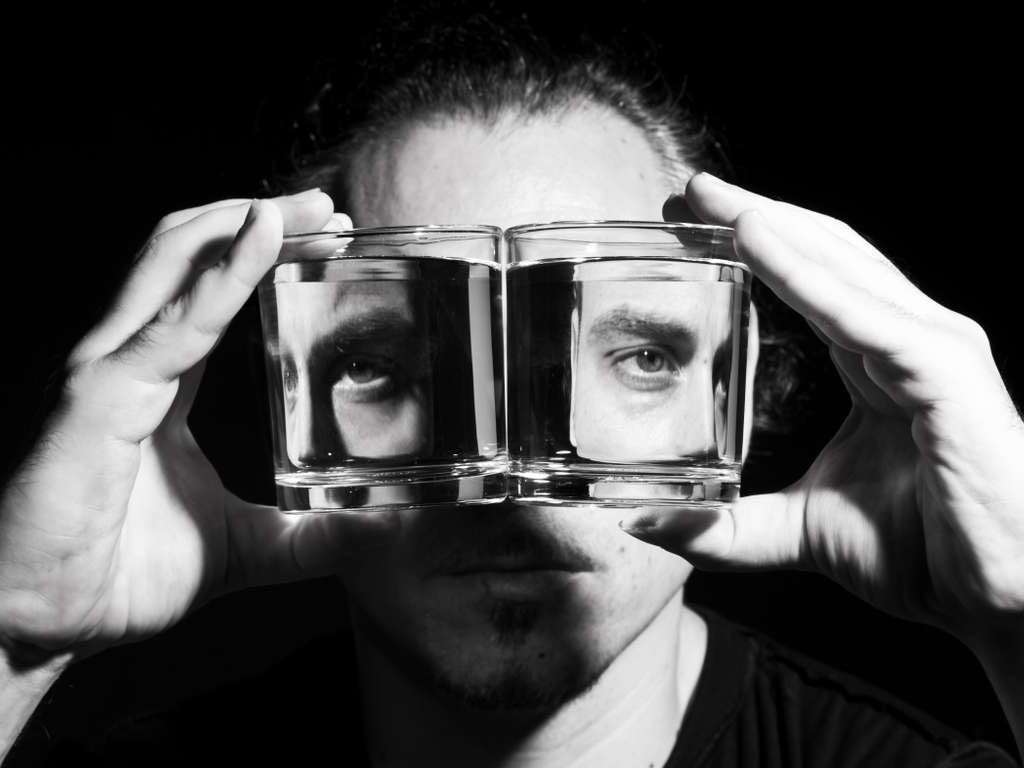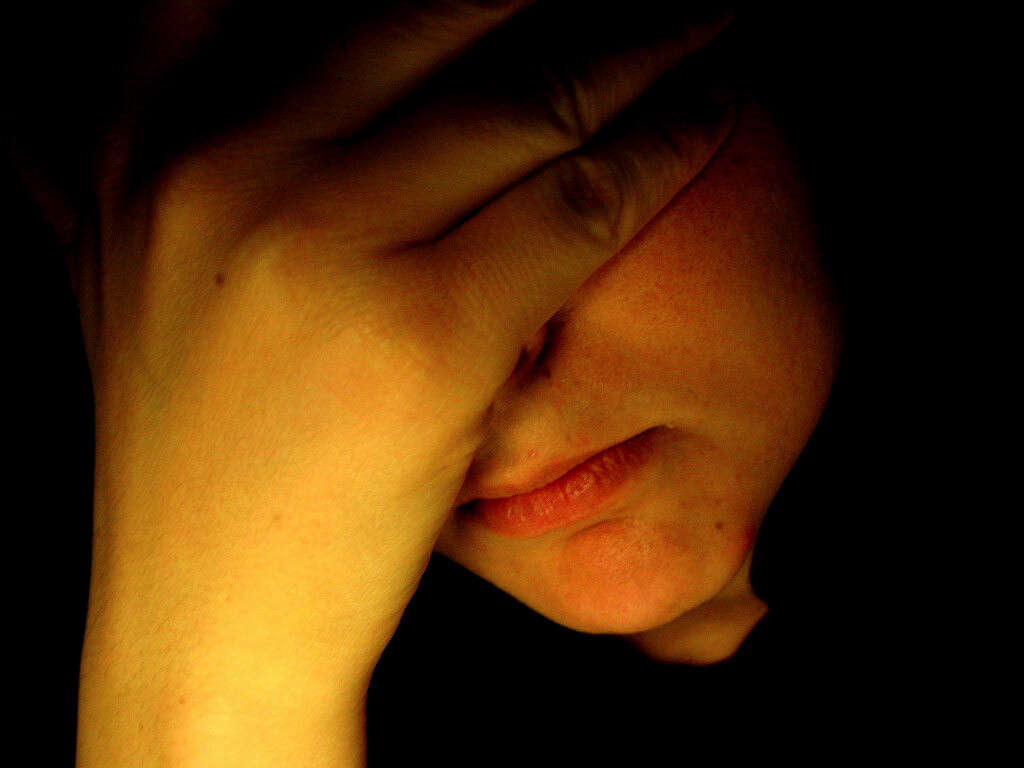What Is Bipolar?
9. Prognosis
Bipolar disorder has significant rates of morbidity and mortality. In the United States in the early 1990s, the cost of decreased productivity due to bipolar disorder was estimated to be $15.5 billion every year. Approximately 25% to 50% of individuals with bipolar disorder attempt suicide with an 11% success. A study in 2011 also suggested that the mortality rate for patients with bipolar disorder was higher 1 year after hospital discharge compared to the general population for circulatory disorders, natural causes, and respiratory diseases. It is estimated that only 50% to 60% of patients with bipolar disorder on lithium gain control of their symptoms. While 7% do not have recurring symptoms, 45% experience more episodes while 40% go on to have persistent issues.
With age, the cycling between mania and depression accelerates. Some of the factors that suggests poor prognosis include psychotic features, pattern of depression, poor job history, male gender, and evidence of depression. Factors that suggest a better prognosis are late age of onset, short duration of manic phases, few medical problems, few thoughts of suicide, and few psychotic symptoms.
Advertisement












